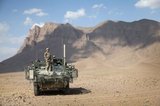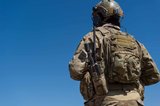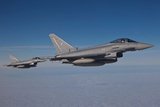Multi-Channel Link 16 Terminal (sponsored whitepaper)
This whitepaper is brought to you by Viasat
Multi-Channel Link 16 Terminal for Size, Weight, and Power Constrained Platforms
1. INTRODUCTION
Link 16 has evolved as the modern battlefield needs have changed, first from coordinating Cold War air intercept missions to helping U.S. and allied forces maneuver in today’s often complex operating environment.
Since its development in the 1970s, Link 16 has become the most widely used, secure, jam-resistant line-of-sight waveform and continues to serve as the tactical data link of choice for air-to-air warfare. With over 40 countries now leveraging the nearly worldwide presence of Link 16, it is anticipated that the number of Link 16-enabled platforms will exceed 15,000 by 2020. In a study by the RAND Corporation, it found that Link 16 implementation drove a 2.5 times improvement in the kill ratio (red aircraft to blue aircraft shot down), during both daylight and night time conditions. Interviews with experienced pilots also revealed that a functioning Link 16 terminal is often considered “go/no go” criteria for missions in a hostile environment.
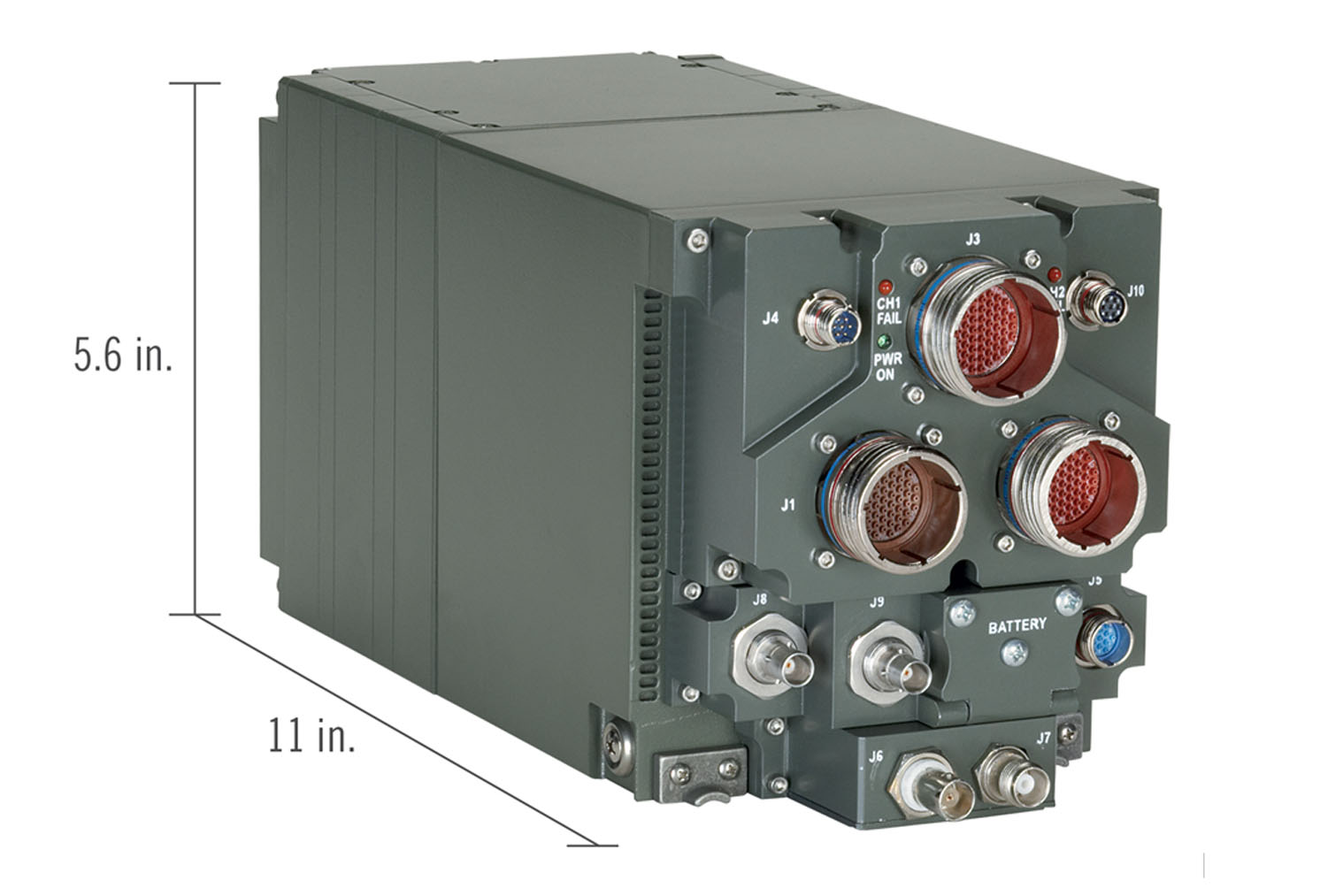
FIGURE 1. Lightweight, software programmable radio meets military space and size demands in a small package.
2. PRODUCT DEVELOPMENT
In 1997, the U.S. Department of Defense (DoD) began its quest for the perfect family of radios that were software defined and could be reprogrammed for different missions and could communicate and interoperate with existing U.S. military systems. The U.S. DoD’s Joint Tactical Radio System (JTRS) program aimed to solve this problem and evolved from a loosely associated group of radio replacement programs to an integrated effort to network multiple platforms and users where it mattered most – at the last tactical mile.
The JTRS Airborne & Maritime/Fixed Station (AMF) was one of several programs that was intended to satisfy emerging needs for a four-channel, full duplex, software-defined radio integrated into airborne, shipboard, and fixed-station platforms, enabling maritime and airborne forces to communicate seamlessly and with greater efficiency through implementation of five initial waveforms (i.e., Ultra-High Frequency Satellite Communications, Mobile User Objective System, Wideband Network Waveform, Soldier Radio Waveform, and Link 16) providing data, voice, and networking capabilities.
When making the decision to develop the STT, both companies not only looked at the most critical requirments of the JTRS AMF program, but also the communications needs of the warfighter in the adjacent space of the primary Link 16 network. This allowed for the development of a more SWaP efficient and economical product that could also meet the needs of other disadvantaged users at the tactical edge.
It was also important to leverage technologies from both companies that were already fielded and battle tested including existing hardware, software, information assurance and software-defined waveforms. This approach meant that interoperability with existing leagacy and next-generation radios was assured while minimizing the cost of development.
With the tactical edge user at the forefront of development, maximum use of existing communications system planning and mission provisioning infrastructure was also included by design.
The STT’s SWaP requirements were established to make the radio the “right sized” for the intended users at the last tactical mile.
Specifically, its dimensions are comparable with other ground based and airborne radios, but with a distinct advantage of having two idependent channels for simultaneous communication over two systems for broader information access and distribution.
The SWaP of the STT includes the RF power amplifiers for each channel in its single LRU design. The power levels for the transmitters were chosen (63W for Link 16, 5W for VHF/UHF) to meet the needs of these tactical edge users.
3. REAL-WORLD APPLICATIONS
Evolution of Link 16 Technology
As with most system solutions, the Size, Weight, Power, and Cost (SWaPC) has limited military application to high value, large operational platforms. Since the 1990s, Link 16 has proliferated from small numbers on capital ships and Command and Control (C2) aircraft to over 10,000 platforms deployed worldwide. However, even with the further reduction of SWaPC to a 55 pound terminal, there are still many front line and tactical edge platforms that need to be accounted for in the Common Operating Picture (COP) that cannot afford even half of that weight.
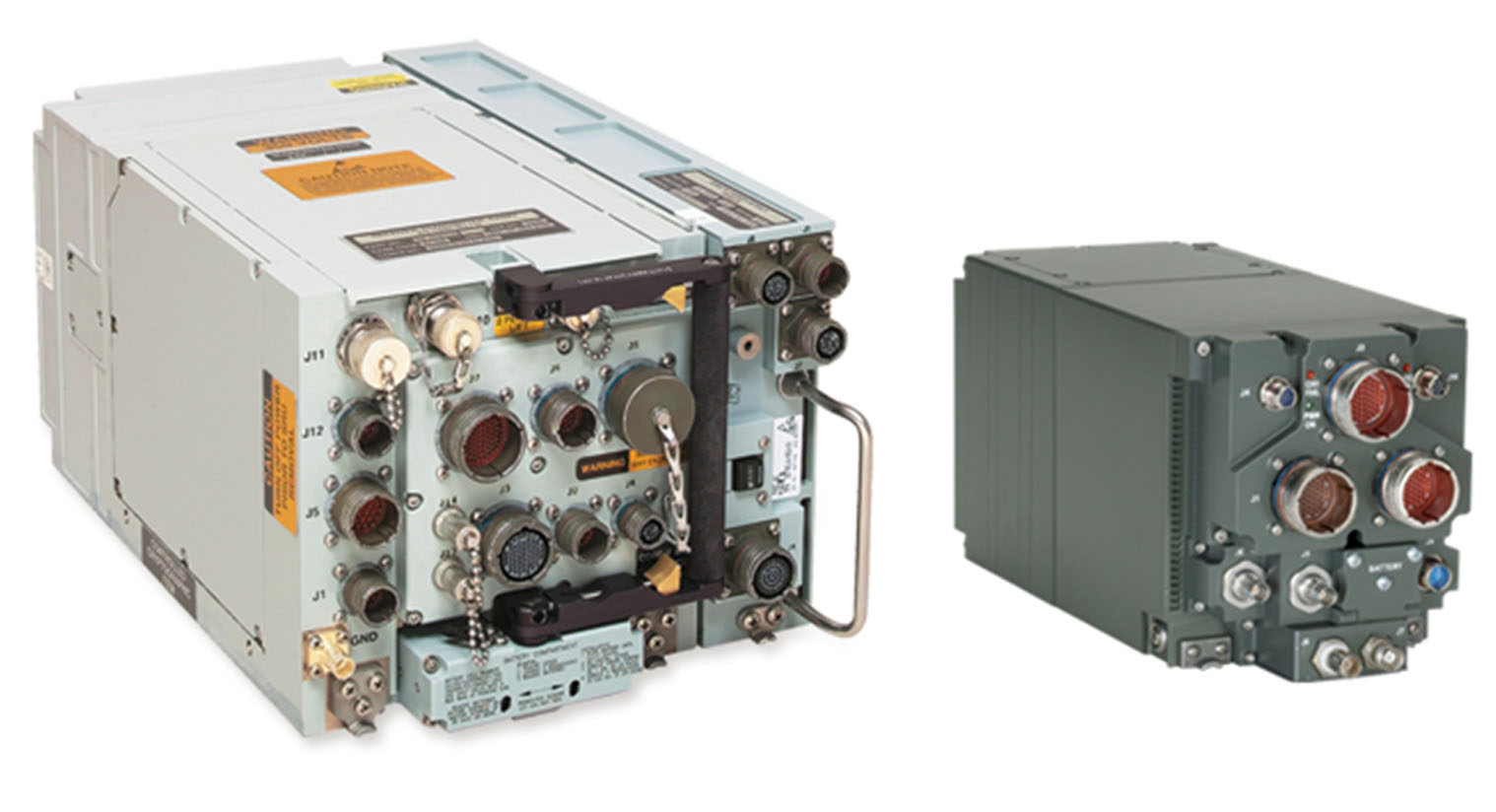
FIGURE 2. Reduced size of the STT provides SWaPC-constrained platforms with the same Link 16 access as the MIDS-LVT, but at 1/3 the size and weight with an added capability of simultaneous VHF/UHF LOS networking.
Designed for flexibility, the STT KOR-24A meets the needs of users who have SWaP constraints, but need the information available on Link 16 networks and either wideband UHF or legacy VHF/UHF. Helicopters, Unmanned Aerial Vehicles (UAVs), ground vehicles, small boats, and small aircraft now have access to both air and ground (friendly and enemy) situational data and can provide secure and reliable target data to the network.
This flexibility recently helped military forces upgrade the latest version of its AH-64E Apache helicopter. The STT KOR-24A enables the AH-64E Apaches to switch waveforms and network connections on the fly (Link 16 on one channel; SRW on the second channel), merge disparate networks, and deliver SA as the mission unfolds. With two-channels of communication, SWaPC-constrained platforms also have the ability to switch in and out of Link 16 mode for constant monitoring of mission networks, which is key for successful Link 16 participation.
While it is unlikely that a mission will change waveform requirements during the course of a mission, it is entirely likely that a platform may have differing communication requirements based on its particular role. The flexibility of waveform configuration also means that the STT can provide a logistically common solution for Link 16 needs across multiple applications.

FIGURE 3. The AH-64E Apache is the world’s most advanced multi-role combat helicopter. While in flight, the STT will provide simultaneous communication, voice or data, on two key waveforms for the battlefield of the future: Link 16 and SRW.
Another key requirement for SWaPC-constrained platforms is the need for multiple sources of communications pathways. The increased SA/C2 provided by two-channels of communications can address specific mission requirements such as:
- Direct communications with ground networks allows for SA of friendly locations to significantly decrese the likelihood of fratricide incidents
- Link 16 data that can be linked via satellite uplinks and downlinks (like UHF Demand Assigned Multiple Access TACSAT) to transmit information across continental distances from a variety of air and ground platforms
- The ability to carry civilian voice and digital radio frequencies, allowing the U.S. National Guard to communicate with local agencies and organizations during disaster response and other homeland defense and security situations
With the STT KOR-24A, the two channels operate simultaneously and are security isolated. This allows SECRET Link 16 SA/C2 to be constantly monitored while the second channel can operate on UNCLASS APCO-25 for Civilian Police and Fire Services, SECRET Advanced Networking Wideband Waveform (ANW2C) for U.S. Marine Corps Operators, CONFIDENTIAL Ground SA Net or Clear Voice for Civil Air Traffic Control.
Beyond meeting the need for simultaneous voice and data communications, the STT also solves the U.S. Department of Defense’s long-standing space problem on legacy platforms. When new communications equipment is installed, it must fit where the older systems were installed. This can cause weight and power issues when the replacement gear is heavier and more power-hungry than its predecessor, especially when there is limited onboard space. Now with a single radio with two channels, this effectively allows the DoD to remove an existing radio and have additional networking capability at no extra power and weight costs.
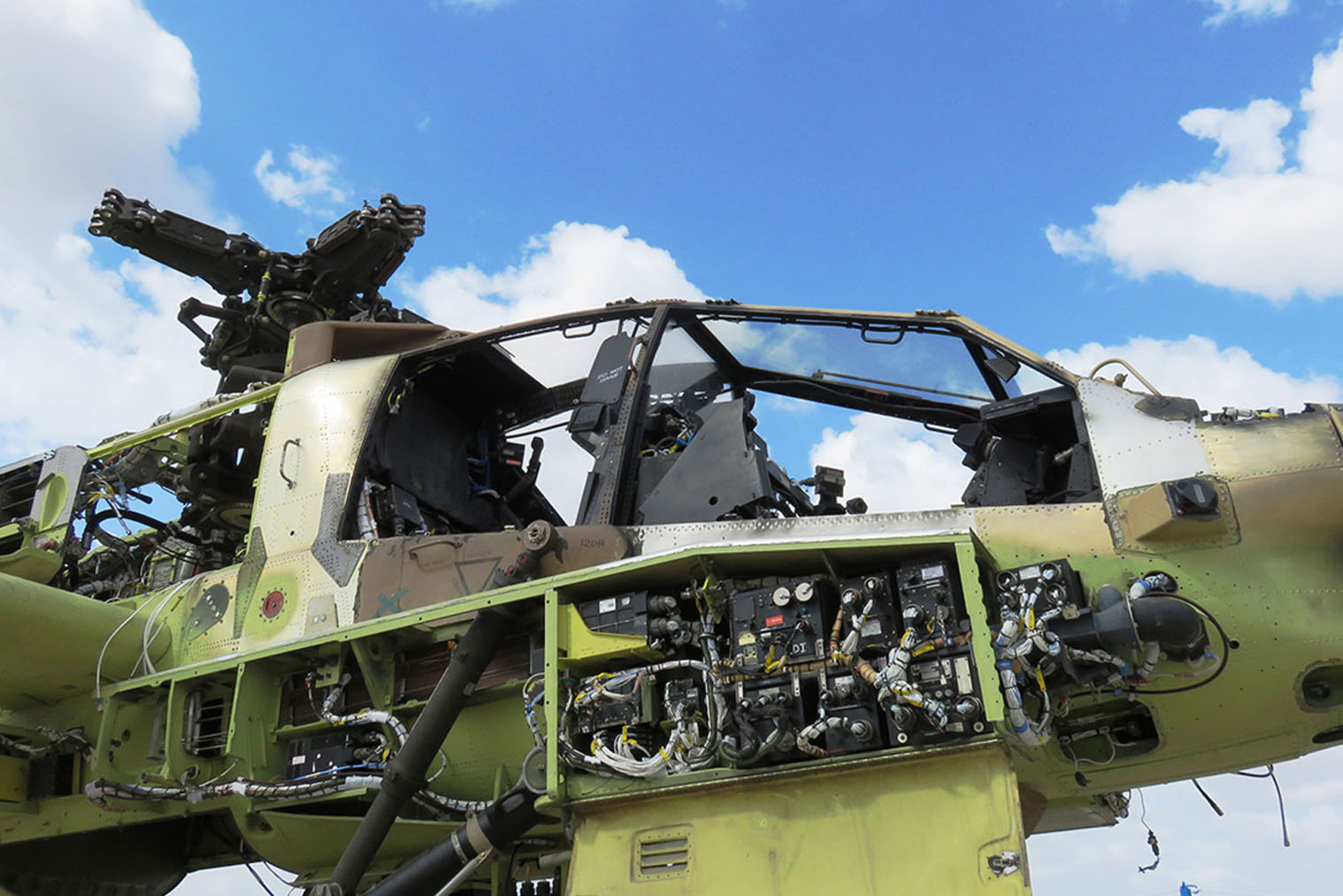
FIGURE 4. Weighing in at a little over 15 pounds, the STT is designed to fit into a variety of platforms with tight space and power needs.
Other platforms have found that they can satisfy their need for Link 16 participation with a KOR-24A with minimal installation effort (and cost) and defer the activation of the second channel until the next communications need arises. Then the next phase of integration is much faster and cheaper since the KOR-24A is already installed and qualified on the platform and it is now a matter of integrating and testing the functions of the second channel. The AH-64E Apache used a similar, two-phase approach to significantly reduce the integration cost of SRW, saving the U.S. Government nearly $250M over the life of the program.
The STT’s small size and versatility makes it well suited for SWaPC-constrained platforms. One of the major costs associated with an equipment upgrade is not the expense of radio hardware or software, but the effort involved to integrate the system onto a platform. Having two channels capable of accessing a variety of military networks and waveforms allows integrators to do more at once. This is especially important for SWaPC-constrained platforms that have multi-mission, multi-role requirements.
4. CONCLUSION
The key to successful employment of the STT KOR-24A on SWaPC-constrained platforms is two-fold.
Leveraging commercial innovation for defense needs
While the STT was developed to carefully meet the DoD’s needs for a multi-channel radio, it was not developed as part of a formal program. The radio is centered on a commercial model and best practices can be adapted to meet strict performance and environmental requirements, while simultaneously ensuring a cost effective development and support structure. Customer, or rather, warfighter feedback, allows for quick modifcations to match the military services’ needs. Terminals in the field can also be upgraded at a substantially faster rate than the normal acquisition process.
Flexibility and future proofing with a software-defined radio
As new features are developed, the technical baseline of the radio is adaptable and switching waveforms and networks can quickly be accomplished – as simply as if one were changing the channel on the television.
Other customer driven enhancements include upgrades to support new BLOS waveforms such as UHF DAMA SATCOM as well as a variety of new Link 16 capabilities enabling broader operations on protected participation group nets, adding another layer of security.
With government cryptographic modernization efforts, security enhancements will have a programmable approach and will be certified and accomplished via software download as well.
With the STT KOR-24A, SWaPC-constrained platforms that have traditionally lacked Link 16 access can now see a complete air/ground COP with all operators and assets accounted for – helping to remove the fog of war and significantly reducing the risk of blue-on-blue engagements.
Learn More here.
More from Modernised Situational Awareness Special Report
-
What is MOJO? (sponsored video)
Viasat’s Move Out/Jump Off terminal allows operational commanders at the tactical edge to receive the best possible levels of situational awareness required to do their job.
-
What is an STT? Small Tactical Terminal (sponsored video)
The KOR-24A STT extends the ability of warfighters to conduct real-time communications and increase interoperability in austere environments.
-
![What is BATS-D? (sponsored video)]()
What is BATS-D? (sponsored video)
BATS-D provides dismounted personnel with a ground-to-air capability to shorten the targeting cycles and accuracy of close air support and other fire missions.
-
![What is MIDS? (sponsored video)]()
What is MIDS? (sponsored video)
Viasat’s Government Systems division provides U.S. and coalition military forces with a range of advanced communications technology. Here’s a quick description of one of them: MIDS
-
![What is Link 16? (sponsored video)]()
What is Link 16? (sponsored video)
Viasat’s Government Systems division provides U.S. and coalition military forces with a range of advanced communications technology. Here’s a quick description of one of them, Link 16:
-
![US augments EW defence with network modernisation]()
US augments EW defence with network modernisation
The US Army is working to modernise its tactical networks to enable expeditionary and mobile operations, and bolster its resilience against near-peer EW and cyber …










